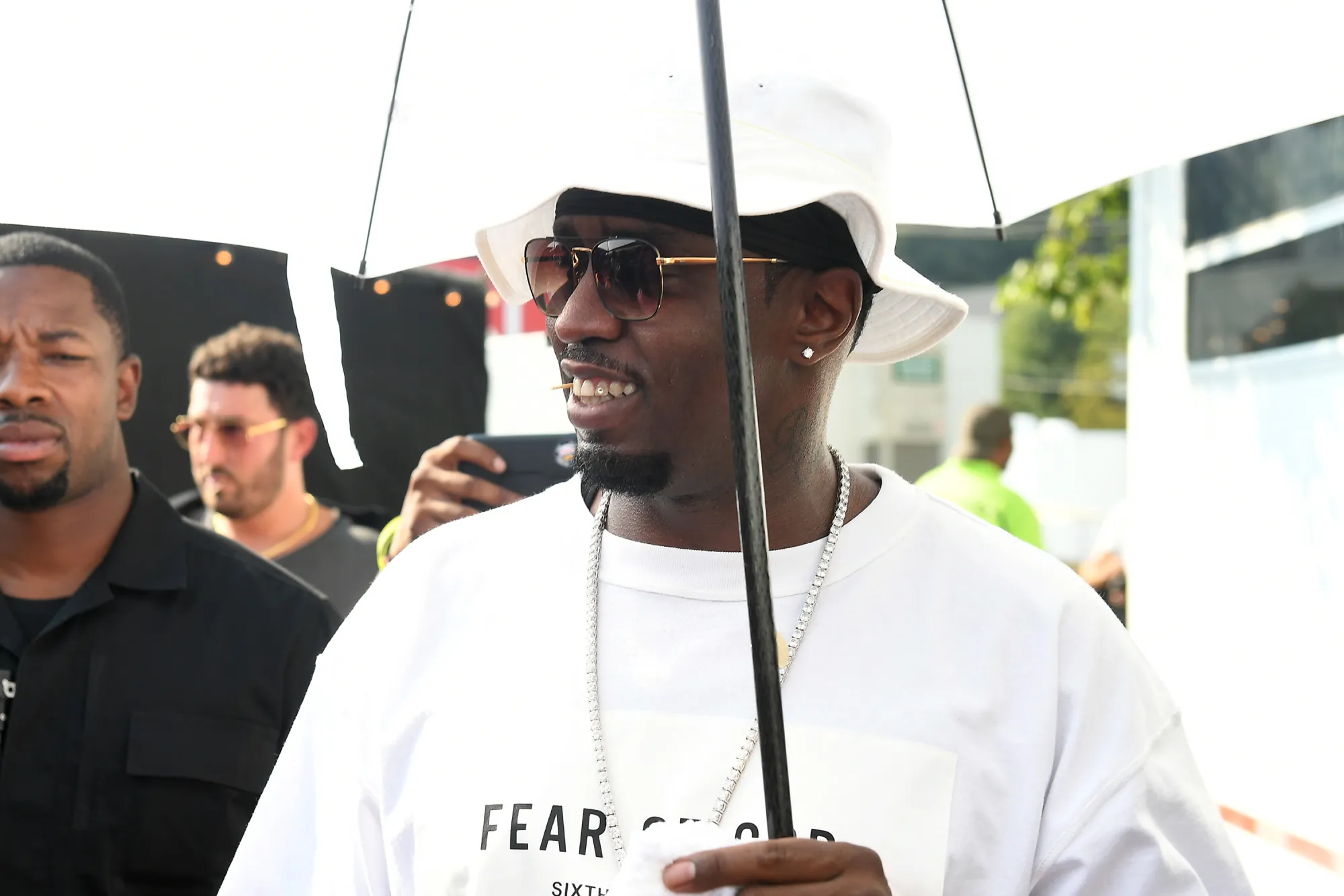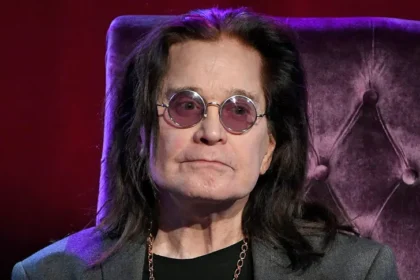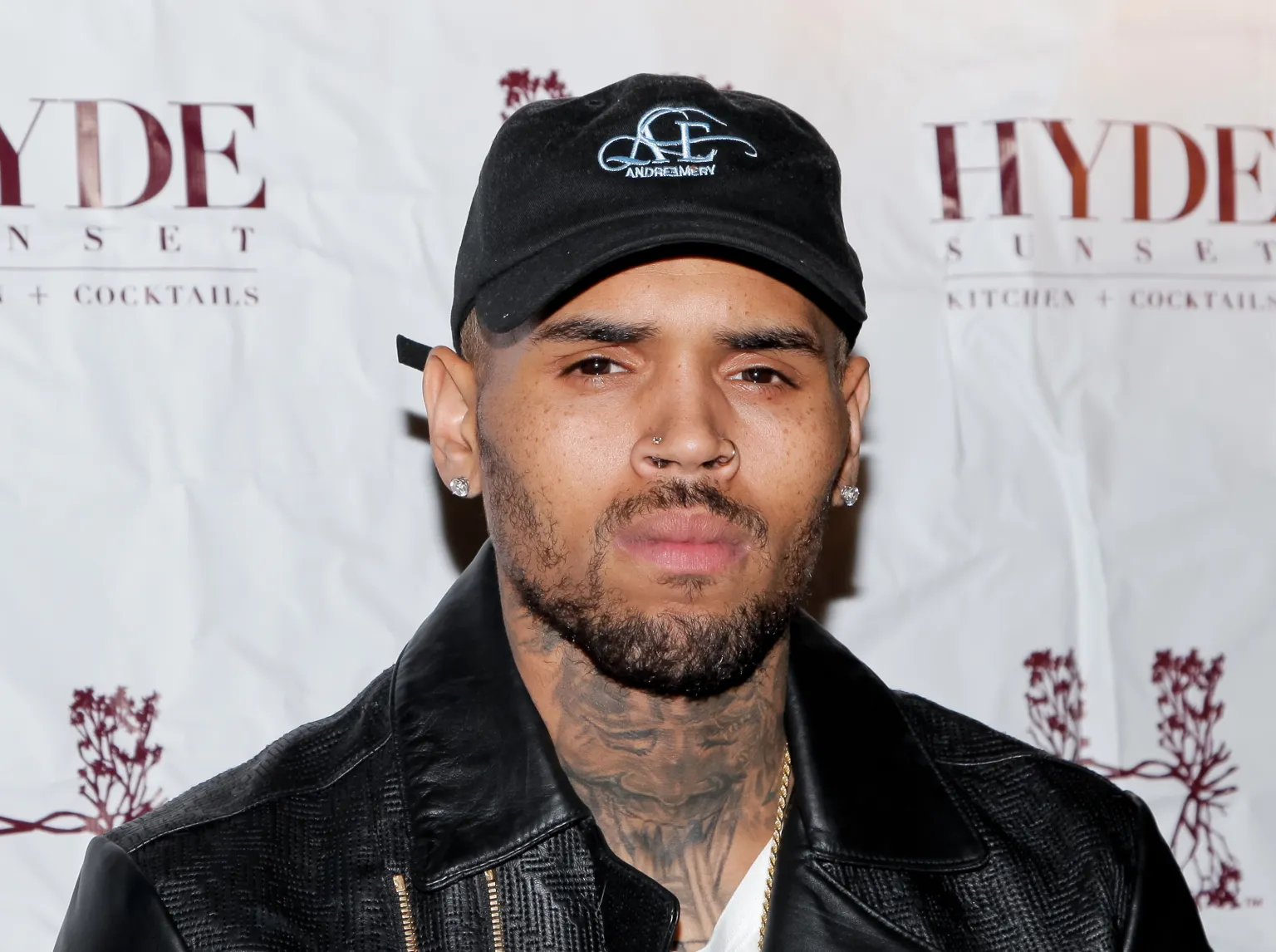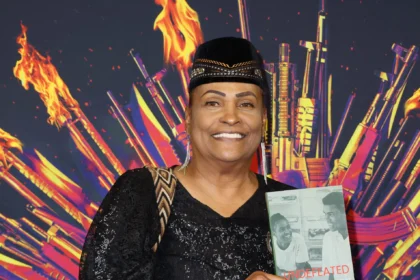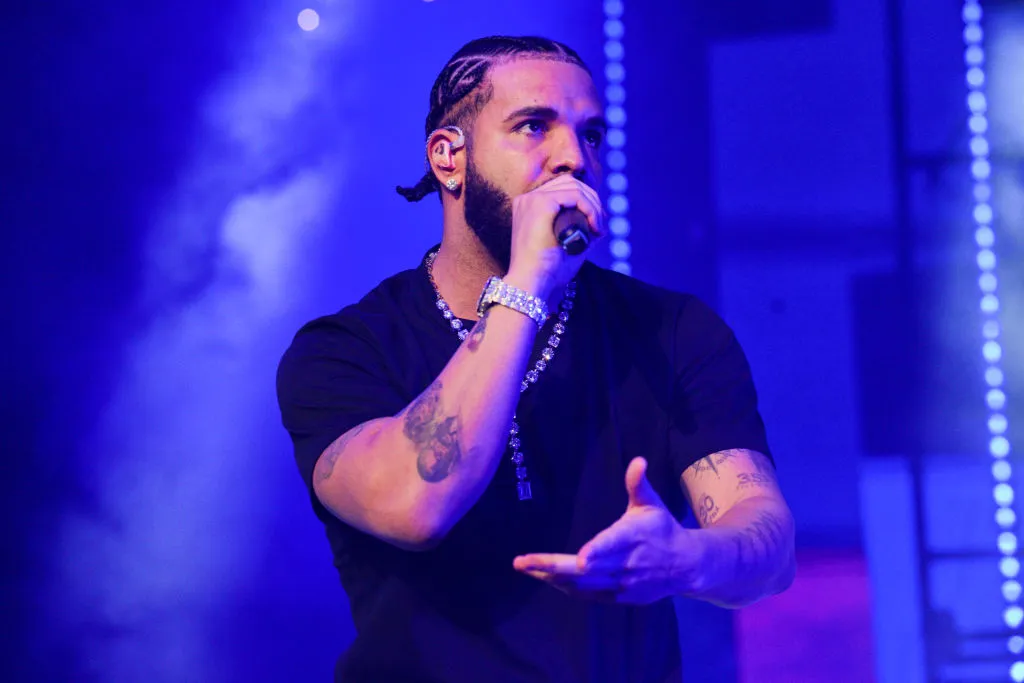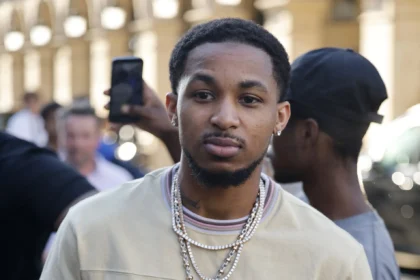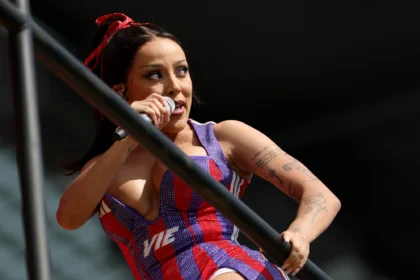Amid mounting legal drama surrounding hip-hop mogul Sean “Diddy” Combs, a pivotal video evidence in the ongoing assault case against him has come under intense scrutiny. The controversy involves footage that allegedly captures Diddy assaulting his ex-partner, Cassie Ventura, raising significant questions about the legitimacy of the video and its role in the case.
A seasoned video forensics expert, Conor McCourt, a former NYPD officer with a distinguished career in video analysis, has raised serious concerns about the authenticity of the footage. McCourt’s sworn deposition to Diddy’s legal team suggests that the video, which has been a cornerstone of the prosecution’s case, may have been tampered with and is, therefore, unreliable as evidence.
Expert Testimony Casts Doubt on Video Integrity
McCourt’s analysis focused on two key video clips that have been central to the case: one provided by CNN and the other an iPhone recording of the same footage, allegedly captured from a screen. According to McCourt, the CNN version of the footage may have undergone a process called transcoding. This process, which alters the video’s frame rate, can result in subtle inaccuracies that significantly impact its visual quality and integrity. McCourt asserts that these alterations could have distorted the original footage, raising doubts about its reliability as a representation of the events in question.
Further complicating the situation is the iPhone recording, which was obtained by an unknown party and presented as a secondary copy of the footage. McCourt claims that the iPhone clip, by capturing the video from a screen rather than from the original source file, distorts Diddy’s presence in the footage. Specifically, he suggests that this method could have magnified Diddy’s image and made his actions appear more aggressive than they actually were, potentially skewing the viewer’s perception of the incident.
Video Time-Stamping and Potential Manipulation
One of the most alarming aspects of McCourt’s testimony is his focus on the video’s time-stamping issues. The expert has pointed out major inconsistencies in the timestamps between the various versions of the video. He argues that these discrepancies raise significant questions about whether key moments of the incident were captured accurately or whether the video has been edited in a way that could alter its meaning.
McCourt’s ultimate conclusion is clear: none of the available video files are accurate or reliable copies of the original footage. This claim could be crucial in the context of the trial, as it challenges the credibility of the most critical piece of evidence the prosecution plans to use against Diddy.
Diddy’s Legal Team Pushing to Exclude Video Evidence
As the trial heats up, Diddy’s attorneys have seized on McCourt’s testimony in their bid to have the video excluded from evidence. In a letter filed last month, the defense team accused CNN of tampering with the footage by using basic editing tools to alter the video’s time stamp and speed up the playback. They further allege that the network edited the footage in a way that misrepresents the sequence of events, creating a distorted version of the incident that could unfairly influence the jury’s perception of Diddy’s actions.
The defense team has argued that CNN’s tampering with the video has severely compromised its integrity, making it inadmissible in court. They claim that the network’s actions have created a “doctored” version of the footage, which could mislead the jury and distort the truth of what actually happened.
CNN Responds to Allegations
CNN, however, has strongly denied the accusations of tampering. In a public statement, the network has maintained that it did not alter the video footage in any way and that the original version of the clip remains in the possession of the source. CNN has also stated that the footage was aired well before Diddy’s arrest and was intended solely for journalistic purposes. The network has reiterated that it did not discard or alter the original video, countering the claims made by Diddy’s defense team.
Despite CNN’s response, the dispute over the authenticity of the footage has become a focal point of the legal battle. With the video now under intense scrutiny, the case has raised important questions about the reliability and trustworthiness of visual evidence, particularly in the context of high-profile criminal trials.
The Broader Impact of Video Evidence in Legal Cases
As this case continues to unfold, the controversy surrounding the video footage has reignited debates over the role of visual evidence in legal proceedings. In an era where video recordings are widely used in courtrooms as crucial evidence, the question of whether such footage can be trusted without question is more relevant than ever.
The reliance on video footage in criminal cases has increased significantly in recent years, with surveillance cameras and smartphones becoming ubiquitous in capturing key moments. However, as seen in this case, the potential for video manipulation—whether intentional or accidental—has raised concerns about the accuracy of such evidence and its potential impact on the outcome of legal cases.
Diddy’s case highlights the growing complexities of using video as evidence in criminal trials. With experts like McCourt pointing out the potential for subtle distortions in video files, it is clear that the integrity of visual evidence must be carefully scrutinized to ensure it accurately reflects the truth. This case could set important legal precedents for the use of video in future trials, especially when the stakes are high and the evidence could determine the fate of a defendant.
The Path Forward: Jury Selection and Opening Arguments
As the trial continues, the legal battle surrounding the footage will likely remain at the forefront of discussions. Jury selection is set for May 5, with opening arguments scheduled for May 12. The outcome of the case will depend heavily on the credibility of the evidence presented, including the disputed video footage, and whether the court finds the expert testimony from McCourt and others persuasive.
This case also has broader implications for the entertainment industry, with Diddy being one of the most influential figures in hip-hop and business. The ongoing legal drama surrounding him has captured national attention, with fans and industry insiders alike closely watching the developments.
As the courtroom battle intensifies, all eyes will be on whether the footage ultimately plays a decisive role in the case or if doubts about its integrity will lead to its exclusion. Whatever the outcome, the case will undoubtedly serve as a reminder of the complexities and challenges of using video evidence in the pursuit of justice.





